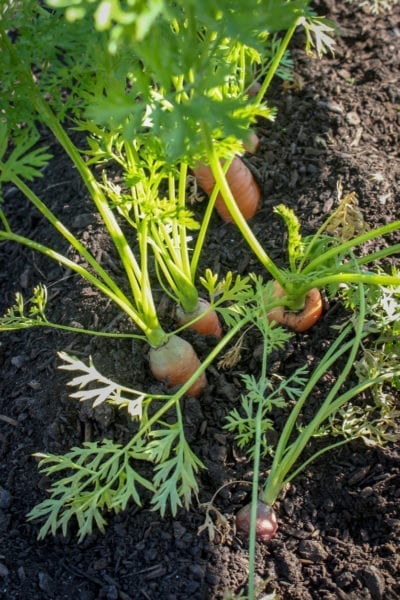
Plants flower so they can reproduce. Vegetables are no
exception. If you have a garden then you know what I’m talking about. Every
year you will find evidence of self-sowing veggies. For the most part, this is
great because there’s no need to replant, but other times it’s more like an
interesting science experiment, such as when two squash have cross pollinated
and the resulting fruit is a mutant. Given that most often self-seeding
vegetables are a boon, read on for a list of vegetables you don’t have to
replant.
About Vegetables That Self Seed
Those who grow their own lettuce know about vegetables that self-seed
firsthand. Invariably, the lettuce
will bolt, which simply means that it goes to seed. Literally, you can have
looked at the lettuce one day and the next it has mile high flowers and is
going to seed. The result, when the weather cools, may be some nice little
lettuce starts.
Annual veggies aren’t the only ones that self-seed.
Biennials such as onions will easily self sow. Errant tomatoes
and squash that have been haphazardly tossed into the compost pile will also
often self sow.
Vegetables You Don’t Have to Replant
As mentioned, the Alliums such as onions, leeks and scallions are examples of self-seeding
vegetables. These biennials overwinter and in the spring flower and produce
seeds. You can either collect them or allow the plants to re-sow where they
are.
Carrots and beets are other biennials that self-sow. Both
will self-seed if the root survives the winter.
Most of your greens such as lettuce, kale and mustard will bolt at some point. You can speed
things up by not harvesting the leaves. This will signal the plant to go to
seed ASAP.
Radishes are also self-sowing veggies. Allow
the radish to go to seed. There will be multiple pods, each containing seeds,
which are also actually edible.
In warmer zones with two growing seasons, volunteers of squash, tomatoes and even beans and potatoes may surprise you. Cucumbers left to ripen from green to yellow
to sometimes even orange, will eventually burst and become a self-sowing
veggie.
Growing Self-Seeding Vegetables
Vegetables that self-seed make for an inexpensive way to
maximize our crops. Just be aware of a couple of things. Some seeds (hybrids)
will not grow true to the parent plant. This means that hybrid squash or tomato
seedlings will likely taste nothing like the fruit from the original plant.
Plus, they can cross pollinate, which might leave you with a really cool
looking squash that looks like a combination between a winter squash and a
zucchini.
Also, getting volunteers from crop debris isn’t exactly
desirable; leaving debris in the garden to overwinter increases the chances
that diseases or pests also overwinter. It’s a better idea to save seeds and
then plant fresh each year.
You don’t have to wait for Mother
Nature to sow the seeds. If you would rather not have another crop in the same
area, keep an eye on the seedhead. Just before it gets too dry, snip it off the
parent plant and shake the seeds over the area where you want the crop to grow.
